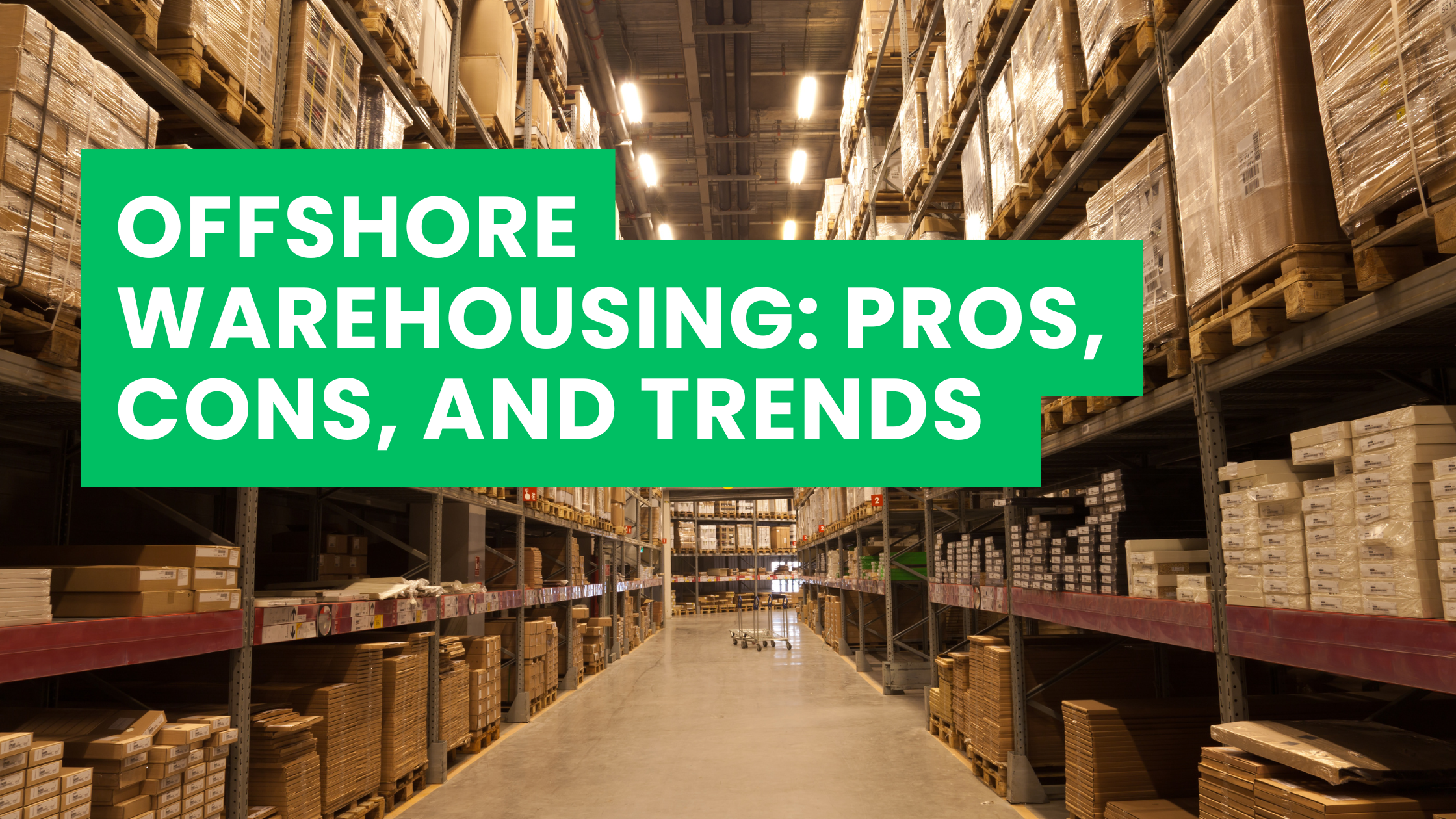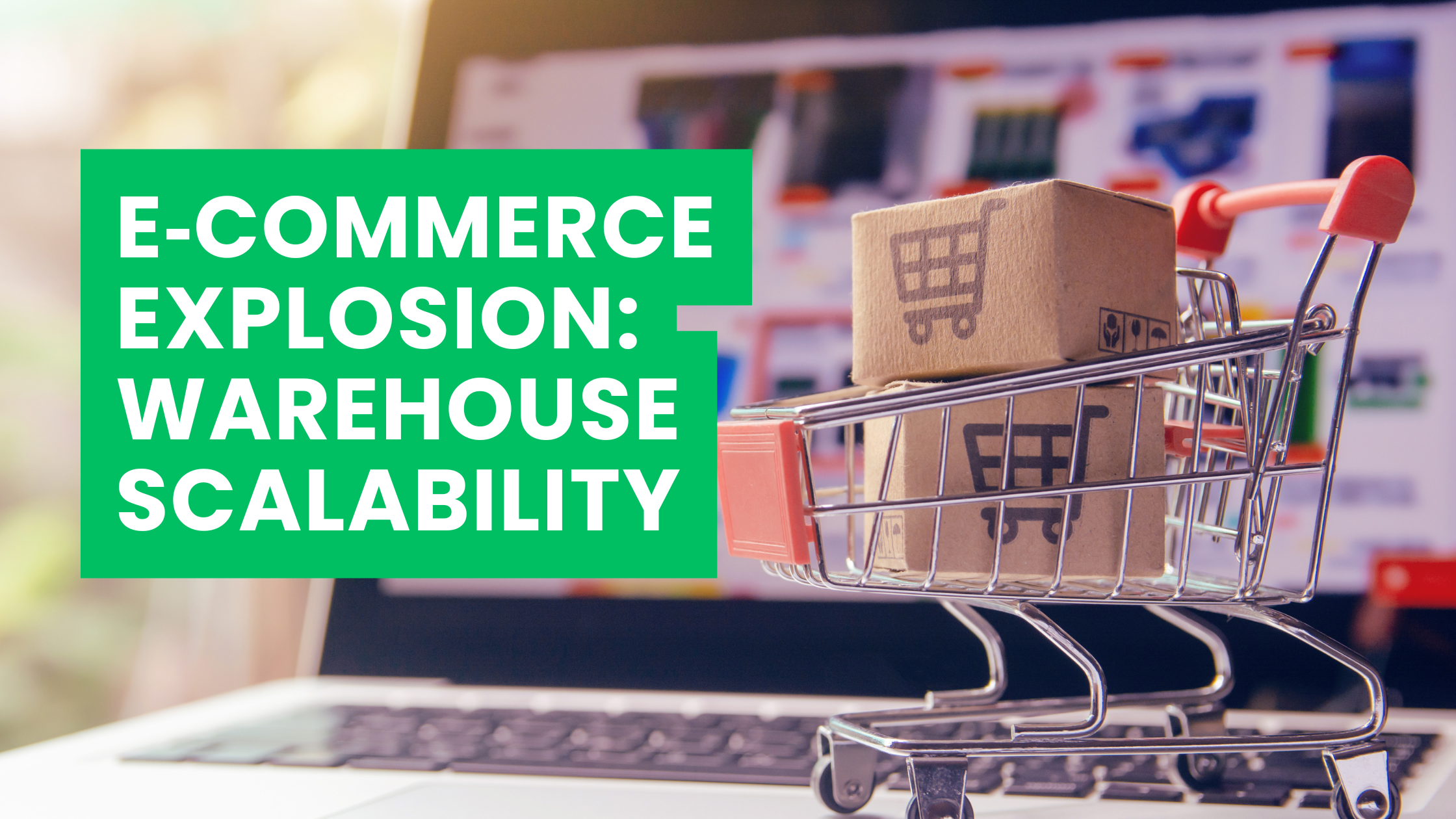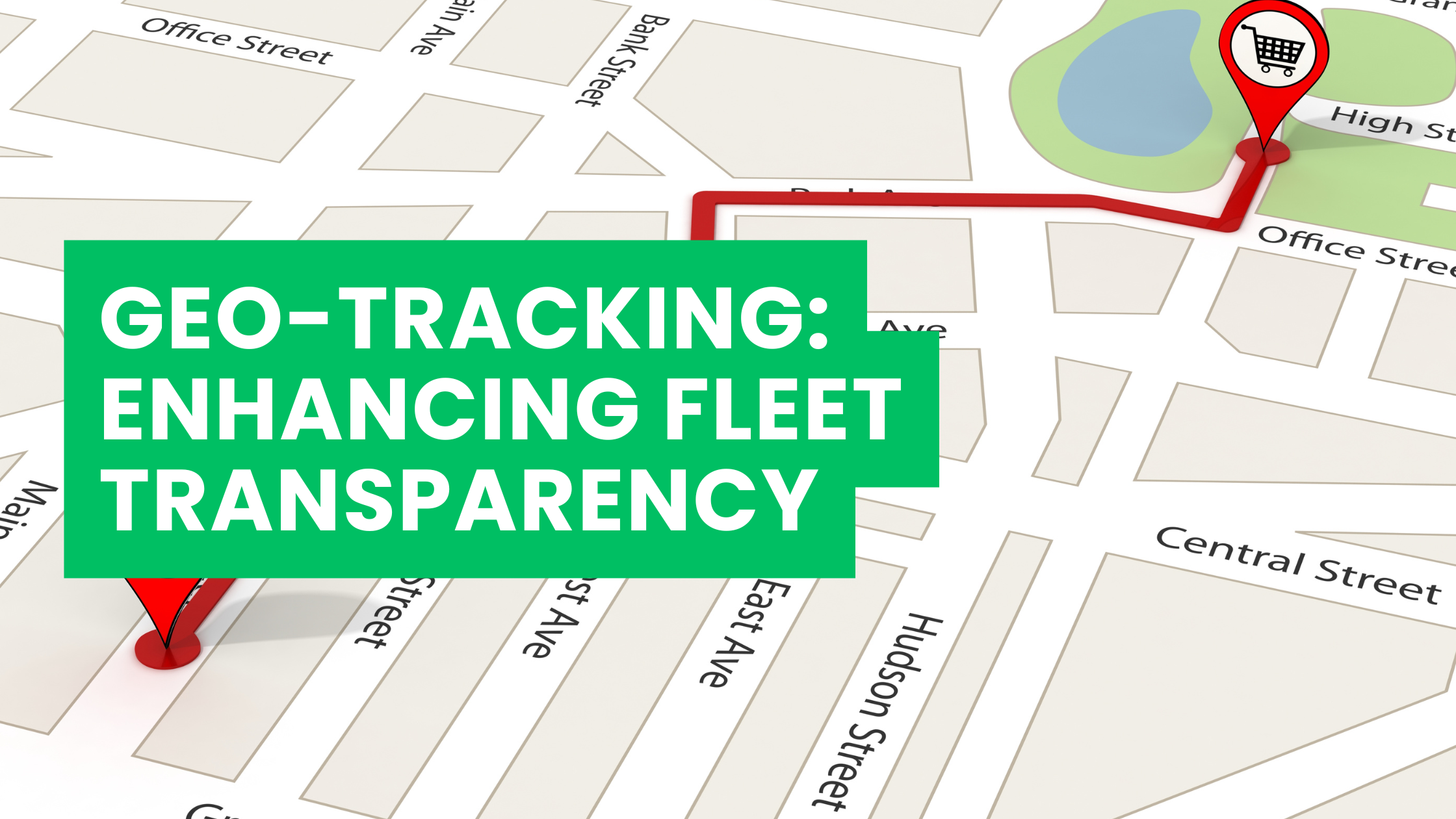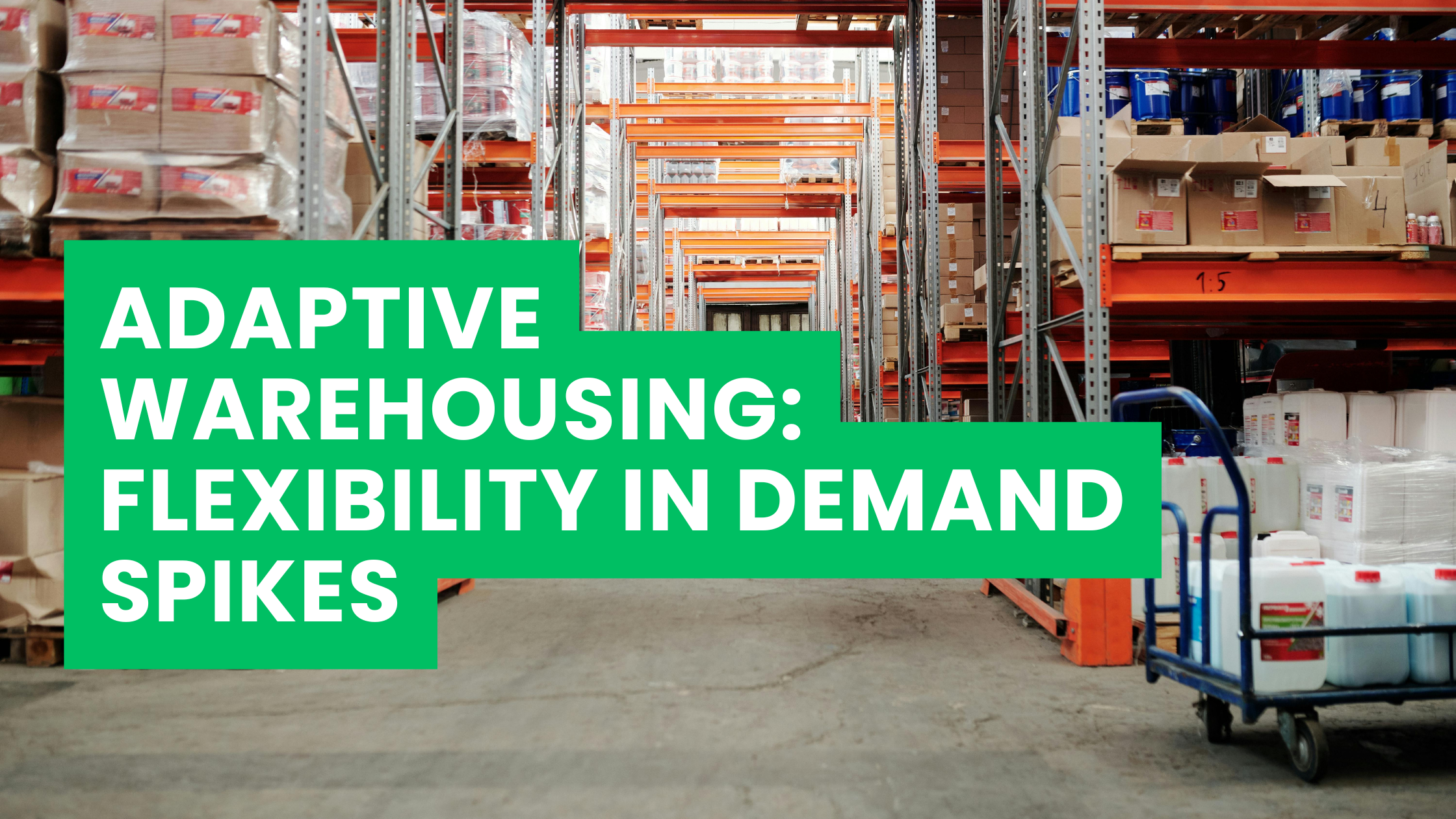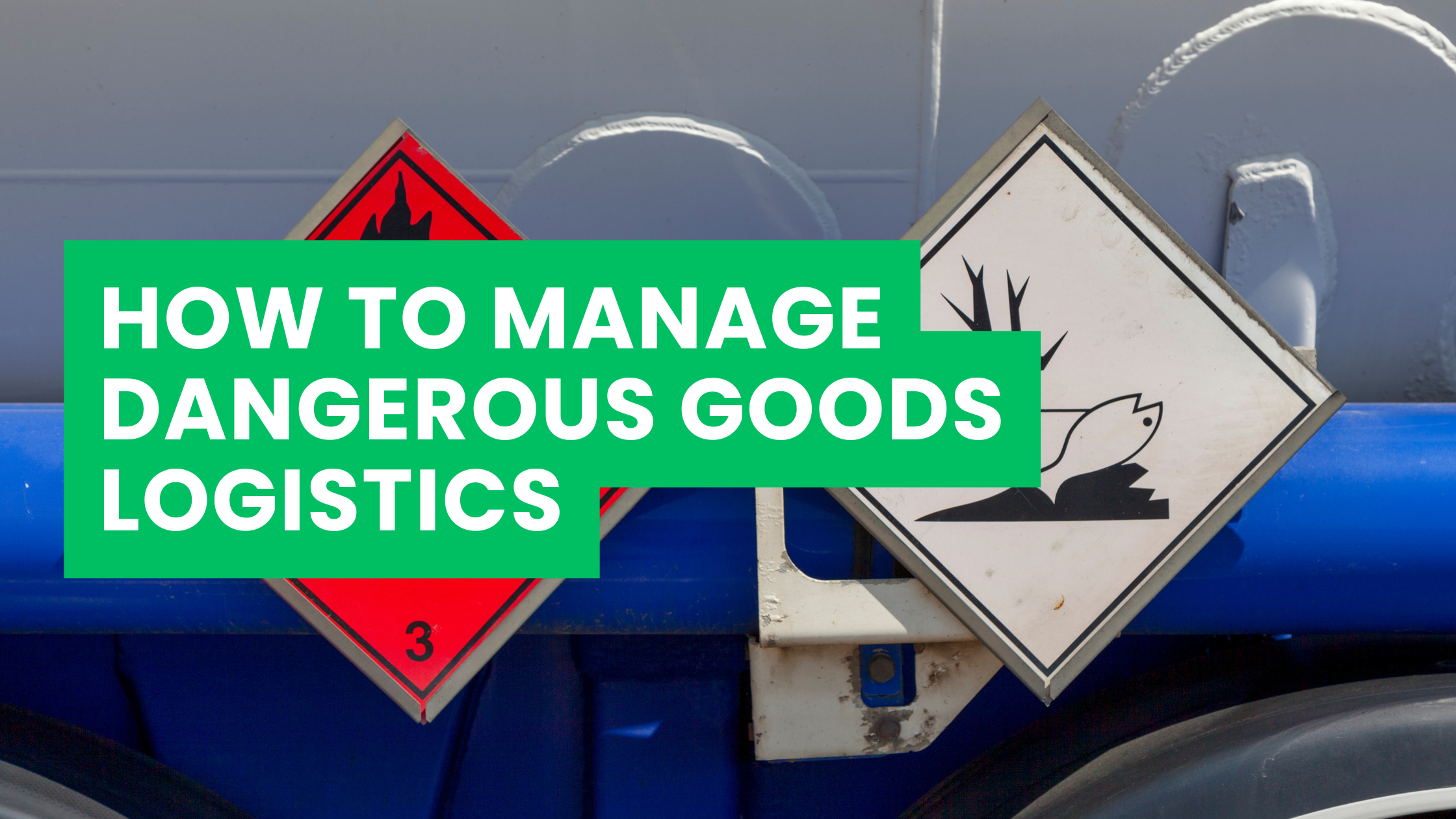Driving Logistics Efficiency Through Real-Time Connectivity
In today’s fast-paced logistics and transportation landscape, fleet managers are under increasing pressure to reduce operational costs, optimize routes, improve driver safety, and maintain regulatory compliance — all while meeting customer expectations for real-time delivery updates. Traditional fleet management tools no longer cut it.
Enter the Internet of Things (IoT) — a transformative technology reshaping how businesses manage fleets globally. At ASL International, we believe that integrating IoT into fleet management is not just an upgrade; it’s a strategic necessity.
What Is IoT in Fleet Management?
The Internet of Things (IoT) refers to a network of interconnected devices that collect, transmit, and analyze data in real-time. When applied to fleet management, IoT connects vehicles, sensors, GPS units, and software platforms to monitor every aspect of fleet operations, including:
- Vehicle location and condition
- Driver behavior and safety
- Fuel consumption and efficiency
- Predictive maintenance
- Environmental impact
This intelligent ecosystem empowers logistics companies with deep operational visibility, data-driven decisions, and proactive management of vehicles across regions.
The Business Case for IoT in Fleet Management
1. Real-Time Vehicle Tracking
With GPS-enabled IoT devices installed on fleet vehicles, businesses can track every truck, van, or delivery vehicle in real-time. This enables:
- Dynamic route optimization
- Better ETAs and live delivery updates
- Immediate response to delays or detours
- Asset recovery in case of theft
ASL International utilizes real-time tracking to reduce delivery deviations by up to 20% across our regional operations.
2. Predictive Maintenance and Reduced Downtime
IoT sensors continuously monitor key vehicle metrics like engine temperature, oil levels, and tire pressure. Fleet managers receive alerts when anomalies arise — allowing:
- Maintenance to be scheduled before breakdowns occur
- Extended vehicle lifespans
- Reduced unexpected repair costs
- Fewer missed delivery windows
This predictive model is significantly more cost-effective than reactive repairs.
3. Driver Behavior Monitoring
Poor driving habits can lead to fuel wastage, increased maintenance costs, and safety risks. IoT-powered telematics can monitor:
- Harsh braking or acceleration
- Speeding incidents
- Idling time
- Seatbelt usage
This data supports training programs, incentives for safe driving, and can be shared with insurance providers to reduce premiums.
4. Fuel Efficiency and Environmental Sustainability
With fuel prices rising and sustainability gaining urgency, fleet operators are turning to IoT to manage consumption. IoT provides:
- Real-time fuel consumption data
- Detection of fuel theft or leaks
- Route optimization for fuel economy
- Insights into carbon footprint
Fleet managers can use this data to adopt greener driving practices and meet ESG (Environmental, Social, Governance) goals.
5. Regulatory Compliance Made Easy
Many countries now require Electronic Logging Devices (ELDs) or digital compliance logs. IoT systems simplify compliance with:
- Hours of service (HoS) regulations
- Load limits
- Cross-border documentation
- Safety audits and inspections
ASL International’s IoT-integrated compliance system helps streamline border crossings and avoid hefty fines.
Key Components of a Smart IoT Fleet Management System
A fully integrated IoT fleet management system typically includes:
| Component | Function |
|---|---|
| GPS Trackers | Real-time location tracking |
| Onboard Diagnostics (OBD-II) Devices | Monitor engine health and vehicle status |
| Fuel Sensors | Track consumption, detect leaks/theft |
| Driver Behavior Sensors | Monitor braking, speeding, seatbelts |
| Dashcams & Video Telematics | Provide visual records of routes/incidents |
| Cloud-Based Dashboard | Unified interface for data analytics |
| Mobile Apps | Enable drivers to log data, receive alerts |
Each of these devices feeds data to a centralized fleet management platform where logistics managers can visualize KPIs and make fast, informed decisions.
Industry Applications of IoT-Driven Fleet Management
🚚 Logistics and Freight Transportation
Fleet size: 50+ trucks
Use case: Cross-border cargo delivery
IoT benefits: Route optimization, load monitoring, real-time client updates
🛒 E-Commerce & Last-Mile Delivery
Fleet size: 10–100 vans
Use case: Urban package deliveries
IoT benefits: Traffic-based rerouting, delivery window precision, customer satisfaction
🏗️ Construction & Heavy Equipment Logistics
Fleet size: Cranes, forklifts, loaders
Use case: Inter-site movement of machinery
IoT benefits: Asset tracking, usage monitoring, preventive maintenance
🚑 Healthcare Logistics (Pharma and Medical Devices)
Fleet size: Specialized temperature-controlled vehicles
Use case: Vaccine or biologic delivery
IoT benefits: Cold chain monitoring, regulatory logging, tamper alerts
Overcoming Challenges in IoT Fleet Integration
Despite its clear advantages, integrating IoT into fleet management comes with hurdles. Here’s how ASL International helps clients overcome them:
🔒 Data Security
IoT networks are vulnerable to cyber threats. ASL deploys encrypted communication, secure APIs, and authenticated devices to prevent breaches.
⚙️ Legacy Systems Compatibility
Many fleets still use outdated hardware. ASL offers modular solutions that can integrate with older vehicles or retrofit equipment.
📶 Connectivity in Remote Areas
IoT relies on uninterrupted connectivity. We use a mix of cellular, satellite, and LPWAN technologies to ensure consistent data flow, even in remote routes.
💸 Cost of Deployment
While initial IoT setup can be costly, ASL offers scalable pricing models and ROI-focused rollouts — ensuring clients only pay for what they use.
Measurable Impact of IoT on Fleet KPIs
| KPI | Before IoT | After IoT Integration |
|---|---|---|
| On-Time Delivery Rate | 82% | 95% |
| Fuel Consumption per Mile | 0.72L | 0.58L |
| Vehicle Downtime | 7 hours/month | 2 hours/month |
| Driver Incidents | 3.5/month | 1.1/month |
| Customer Complaint Rate | 6.2% | 1.4% |
These numbers reflect ASL International’s pilot program for a regional logistics partner — showing tangible improvement across multiple metrics.
Future Trends in IoT-Driven Fleet Management
As IoT continues to evolve, we foresee the following trends shaping the next generation of smart fleets:
🔁 Edge Computing for Faster Decisions
Onboard processors will enable vehicles to process data locally and respond in real time — especially useful for autonomous and semi-autonomous fleets.
🤖 AI & Machine Learning Integration
Predictive models will become more accurate in route planning, driver coaching, and anomaly detection.
🔋 Electric Vehicle (EV) Integration
IoT will be essential in managing EV charging, range prediction, and battery health — especially for urban delivery fleets.
🌍 Global IoT Standards for Cross-Border Logistics
Efforts are underway to unify IoT protocols for international fleet coordination — a major advantage for multinational logistics firms like ASL.
Why Choose ASL International for Smart Fleet Solutions?
With over a decade of logistics expertise and operations across Asia, Africa, the Middle East, and Europe, ASL International brings:
- ✅ Industry-specific IoT expertise
- ✅ Turnkey deployment and integration
- ✅ Vendor-neutral hardware options
- ✅ 24/7 fleet monitoring support
- ✅ Proven track record with global clients
Whether you’re optimizing urban delivery routes or managing intercontinental shipments, ASL empowers your fleet with the intelligence it needs to deliver smarter, faster, and safer.
Conclusion: It’s Time to Drive Smarter
IoT has moved beyond the hype — it’s now a fundamental pillar of effective, modern fleet management. Companies that embrace it not only gain competitive advantages but also lay the groundwork for future innovations such as autonomous fleets and carbon-neutral logistics.
At ASL International, we help logistics-driven enterprises harness the power of IoT to build resilient, efficient, and future-proof fleets.


